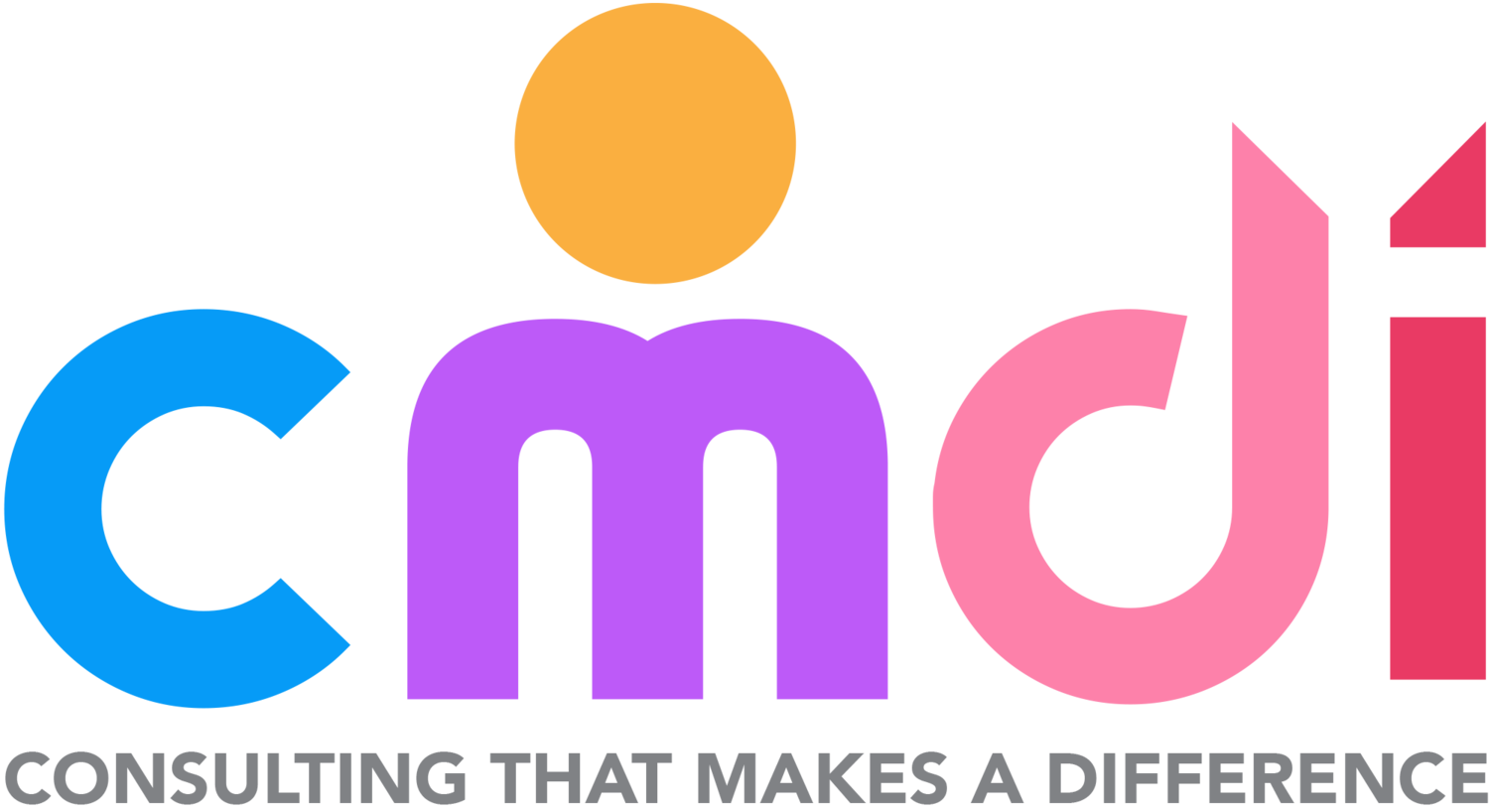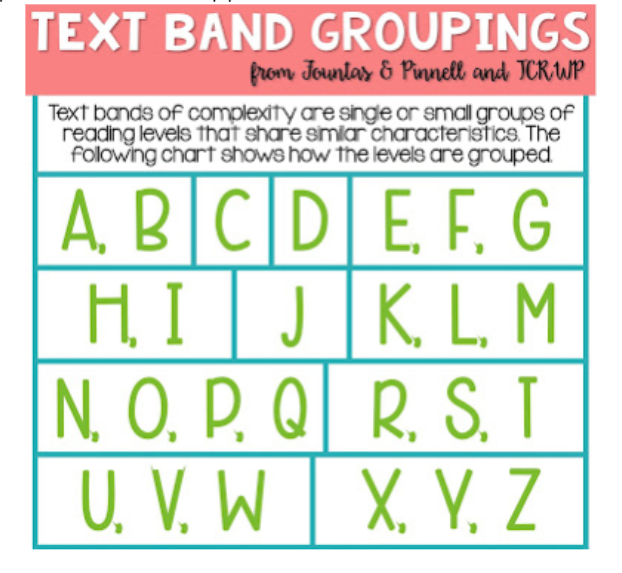Pedagogy and Curriculum - Literacy Support Strategies
When did teaching reading, writing, speaking, and listening become so challenging? When did educational printing companies and colleges dictate the pedagogy and curriculum practices of classrooms and teachers all over the country? Education is rapidly changing and we have to constantly adapt to the ever-changing demands of curriculum, scientific research and overwhelming programs, but at what cost?
Many of our students are striving readers and writers, and we need to advocate for change. We can make simple scope and sequence adjustments that will help all learners (and teachers) feel successful in the classroom. The time is now! Let’s become change agents, while adapting the positives from varying curriculum demands. No matter the curriculum purchased and used in your district or school, you CAN adapt skills and learning targets to meet the needs of all students that creates a classroom environment filled with joy, inquiry, engagement, and most of all, educational success. Read on to find simple suggestions that can be adjusted for daily teachings. Implementing these suggestions will help guide and support students through their educational journey.
Know your Reader and Writer.
How do we teach the reader or writer? Instead of focusing on individual books or writing pieces, focus on what skills and strategies students need to work on at their literacy level. Educational programs like Fountas & Pinnell (F&P), in conjunction with the Teacher's College Reading and Writing Project placed all guided reading levels A-Z into groups called text bands. This is a great resource, but it is not the final resource. This strategy helps teachers understand the skill(s) necessary for students to master in order to move forward and become better readers and writers. When readers understand why writers write, then writers understand why readers read.
What is a Text Band?
A text band is a single or a small group of F&P levels that have similar characteristics. Within these text bands are instructional considerations related to decoding, word solving, comprehension, fluency, vocabulary, and craft moves you can work on with your students. Have you ever wondered why it is so hard for students to make the leap from level J to level K or level M to level N? It's because they're in different text bands. And let me tell you, that jump can be HUGE!
What's the Difference between Level M and N?
Level M: Traditional story structure with one clear/central problem/solution in the text. Character feelings change but the traits stay the same.
Level N: Moves away from traditional structure with characters dealing with one (or more) complex problems that are harder to identify. Characters tend to be complicated and conflicted, and deal with multiple challenges.
Of course, there are many more differences between the two levels, but those are a few BIG takeaways. In addition to understanding the purpose of reading levels and text bands jumps, students will benefit greatly from educators collecting student specific data in order to inform individual and/or small group literacy instruction. Check out the chart and document below to help guide and support your intentional literacy practices.
Scope and Sequence – Why and How to Implement
Another great resource to have when understanding your literacy students and planning for instructional lessons is a simple scope and sequence. Many reading programs have this structure embedded in the program and you can find this document at the start of the curriculum guide.
If you find yourself yearning for a scope and sequence to help your students learn and maintain specific skills for literacy mastery, you can adapt the document below from to locate specific skills by level and create a 6-8 weekly plan that incorporates 1-2 skills per week for student instruction and practice. See the two documents below that share specific literacy skills and characteristics by level. Once student levels are assessed and determined, a scope and sequence of specific skills can be established and implemented over 6-8 weeks.
If this topic is of interest and you would like to learn more about literacy pedagogy and curriculum support in your school or district, check out our website www.cmdi.us to set up a free discovery call.




